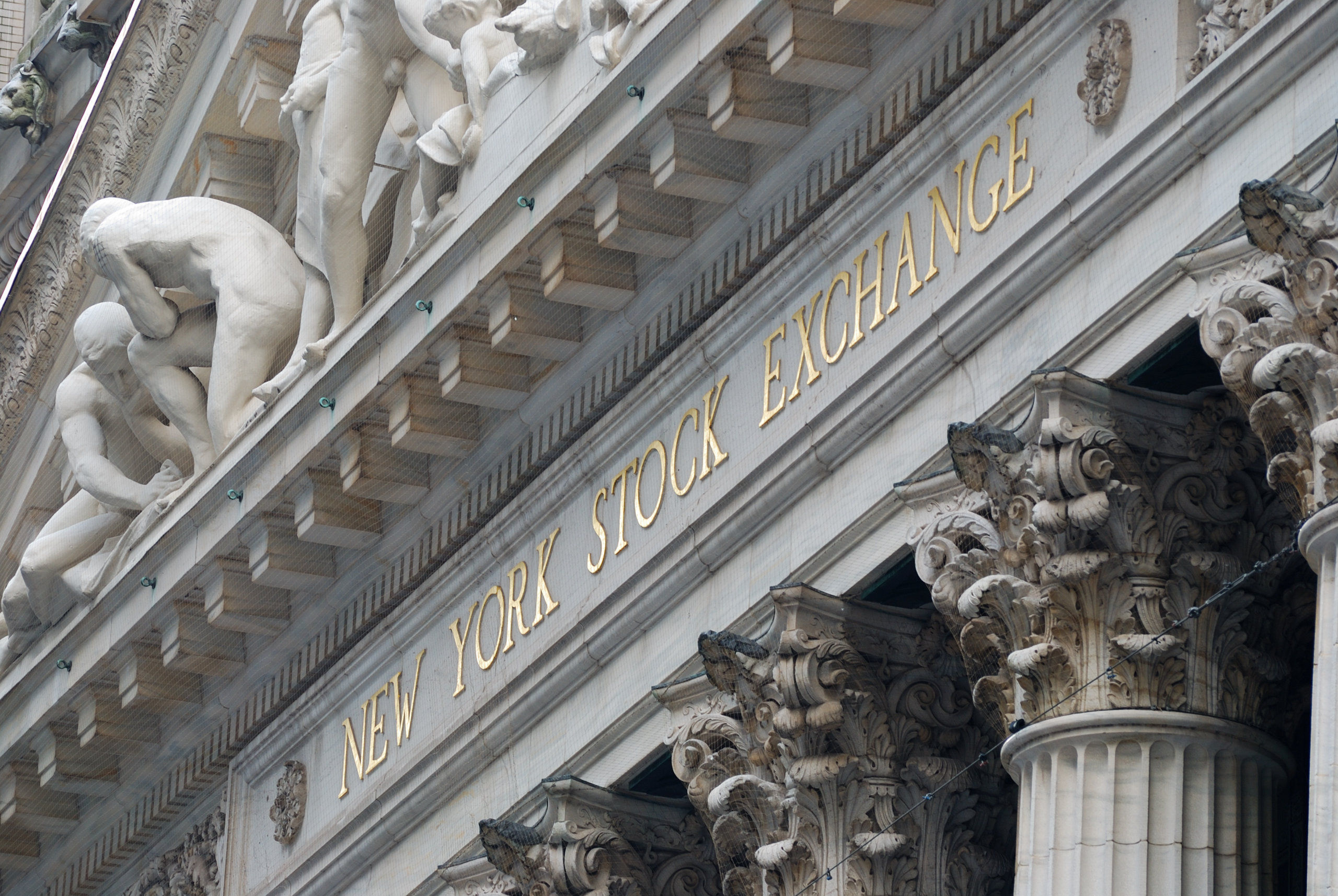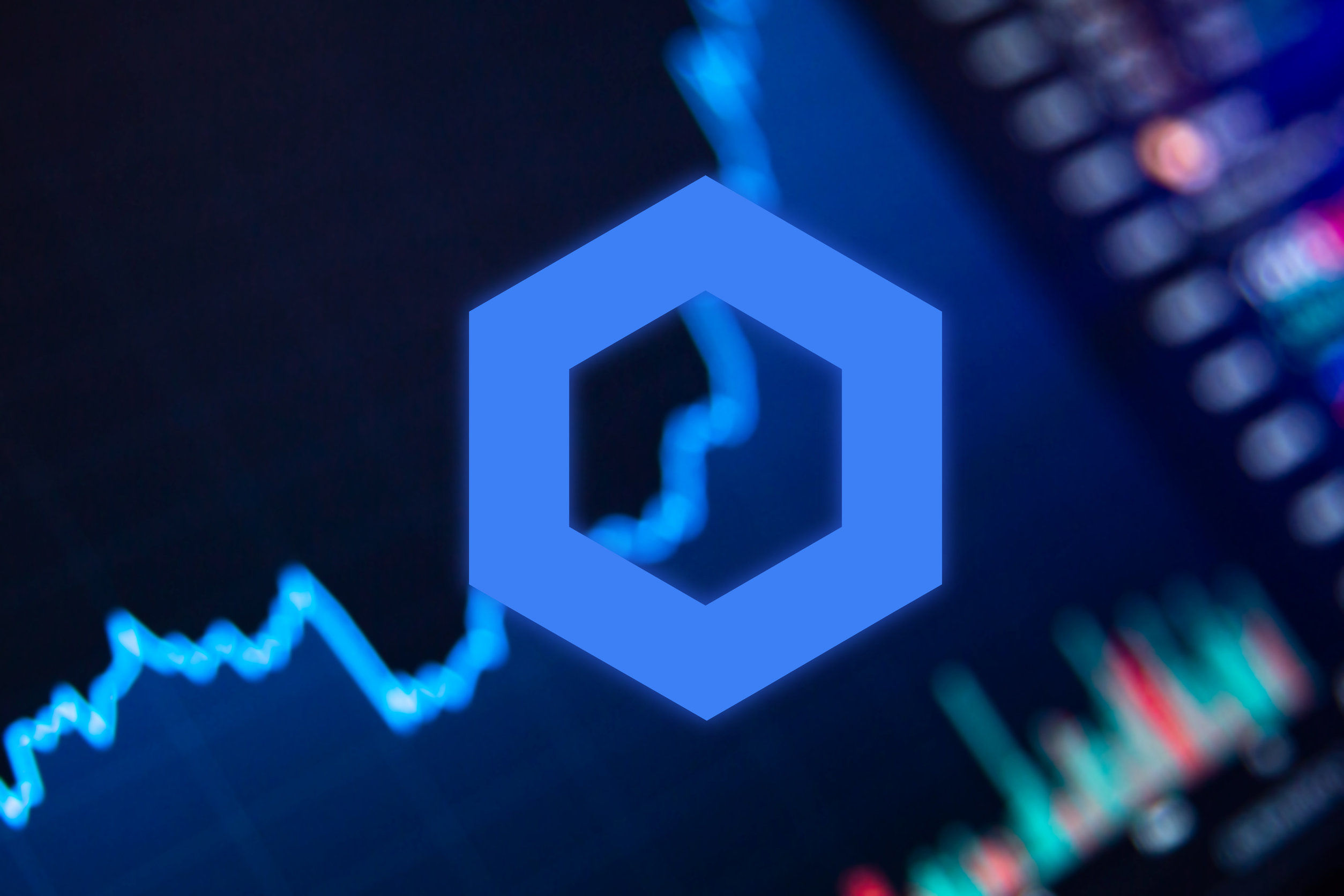Here’s why the Hang Seng Index comeback could be epic

The Hang Seng Index has pulled back in the past few weeks, erasing some of the gains made earlier this year as investors brace for a prolonged trade war between the United States and China. It slipped from the year-to-date high of H$24,880 to a low of H$23,200. This article explains why the Hang Seng Index may rebound soon.
Hang Seng Index has strong technicals
The daily chart shows that the Hang Seng Index has been in a strong rally in the past few months. It jumped from a low of H$18,675 in January to a high of H$24,880 in March.
This rally happened as investors remained optimistic about the Chinese economy following the release of strong economic data. For example, data by the statistics agency showed that the economy expanded by 5% in 2024, helped by a 5.4% increase in the fourth quarter.
More recent data showed that China’s manufacturing and services PMIs continued to do well this year. Beijing has vowed to implement more stimulus measures to boost the economy this year.
As the index jumped, it crossed the important resistance level at H$23,230, its highest swing in October last year. This price was the upper side of the cup and handle pattern that formed between October and February this year.
A C&H is a popular continuation sign made up of a horizontal line and a rounded bottom. It often results into a strong rally over time.
Therefore, the recent pullback is part of a break-and-retest pattern, where an asset makes a bullish breakout and then retests the previous support point. It is also a popular bullish sign in technical analysis.
The Hang Seng index has remained above the 50-day and 100-day Exponential Moving Averages (EMA), a sign that bulls are in control for now. It has also retested the top of the trading range of the Murrey Math Lines.
Therefore, the index is likely to bounce back in the next few days, with the initial target being at H$24,880, which is about 7.4% above the current level. However, a drop below the major S&R level of the Murrey Math Lines tool at H$22,500 will invalidate the bullish outlook.
Hang Seng has bullish catalysts
There are a few catalysts that may push the index higher in the coming weeks. First, many companies in the index don’t do a lot of business in the United States, meaning that they are largely shielded from the ongoing trade war. The biggest firms in the index are Tencent, ICBC, Alibaba, China Mobile, China Construction Bank, and Bank of China. Most of these are domestic firms that are rarely affected by the US.
Second, the technology companies in the Hang Seng Index have forged their own path as they decoupled from US technology. Alibaba, Tencent, and Xiaomi are all mostly using domestically produced chips to boost their AI tools.
Further, there are signs that Beijing is no longer fighting tech companies. Earlier this year, Xi Jinping met with tech leaders, including Jack Ma, and assured them of government support as they battle their American rivals.
Further, the impact of the real estate sector collapse have started to abate this year. This explains why real estate stocks in the Hang Seng index are doing much better this year than they did in 2024. Longfor Group’s stock has dropped by just 0.4% this year, while other names like Wharf Real Estate and China Resources Land have all rallied this year.
The post Here’s why the Hang Seng Index comeback could be epic appeared first on Invezz




